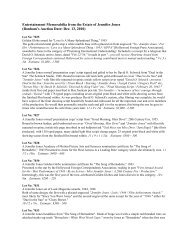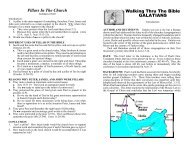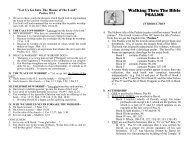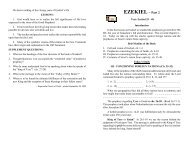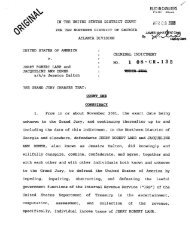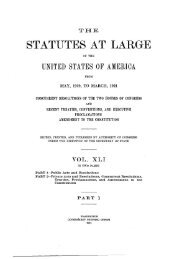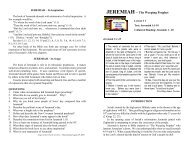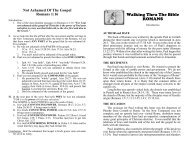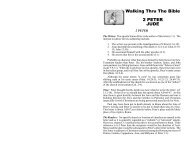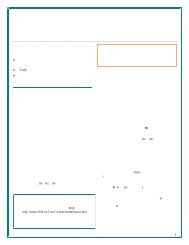WINTER WAR - HiWAAY Information Services
WINTER WAR - HiWAAY Information Services
WINTER WAR - HiWAAY Information Services
You also want an ePaper? Increase the reach of your titles
YUMPU automatically turns print PDFs into web optimized ePapers that Google loves.
English Abbrevations In Full, Dutch<br />
National Territorial Command NTC Nationaal Territoriaal Commando<br />
Observation and Reconnaissance Company<br />
(commandos)<br />
Wrnverkcie<br />
Waarnemings- en<br />
verkenningscompagnie<br />
Reconnaissance Battalion Verkbat Verkenningsbataljon<br />
Royal Air Force Klu Koninklijke Luchtmacht<br />
Royal Navy KM Koninklijke Marine<br />
Tank Battalion Tkbat Tankbataljon<br />
• The Centurion tanks have been upgraded from Mk3 to Mk5/2 (105mm gun)<br />
• The YP-408 armoured personnel carriers have been flagged as “low reliable”, like the Centurions;<br />
both were only still in use because of budget cuts in the past and were being replaced (with YPR’s<br />
and Leopards respectively). In the mid-eighties their deployability had become questionable<br />
DAF YP-408 armoured personnel carrier<br />
• The Leopard 1 has been relabelled Leopard 1-V; it has also been flagged as “low reliable”, due to<br />
continuous problems with various new (electronic) systems and overdue maintenance of the old<br />
components<br />
• The number of vehicles in the Paluabts (anti-air batteries) has been raised from 6 to 9<br />
• The number of tanks per Tkbat (tank battalion) has been raised from 13 to 17<br />
• 56 Tkbat (non-existent) has been renumbered 58 Tkbat<br />
• 44 Painfbat (mechanized infantry battalion) has been moved from 42 to 52 Painfbrig; 53 Painfbat<br />
has been deleted (non-existent)<br />
• 54 Afdva has been downgraded from M109 to M114 guns<br />
• The unit quality of the KLu (Royal Air Force) squadrons has been raised from D to C. Contrary to the<br />
army, the KLu largely consisted of regulars, with conscripts and reservists only serving in supporting<br />
roles; pilots were partly trained in the US and Canada, and the KLu took pride in being a professional<br />
organisation. During the NATO air operations over former Yugoslavia in the mid-nineties the<br />
KLu turned out to be a highly flexible and effective organisation (USAF Lieutenant General J.W.<br />
Ashy: “The Dutch and American pilots are both top-notch. We have been working together for so<br />
many years, it’s like we’re in the same country […] I was extraordinarily impressed with your pilots<br />
as I am with American pilots. I see little, little difference”). While this might lead us to a B or even<br />
an A rating, in the mid-eighties the KLu struggled with a structural problem: experienced pilots and<br />
technicians were leaving service in considerable numbers for well-paid jobs in commercial airline<br />
companies. Although most of them were called back into service during the general mobilization,<br />
the lack of incorporated experience continued to affect the KLu for several crucial days.




